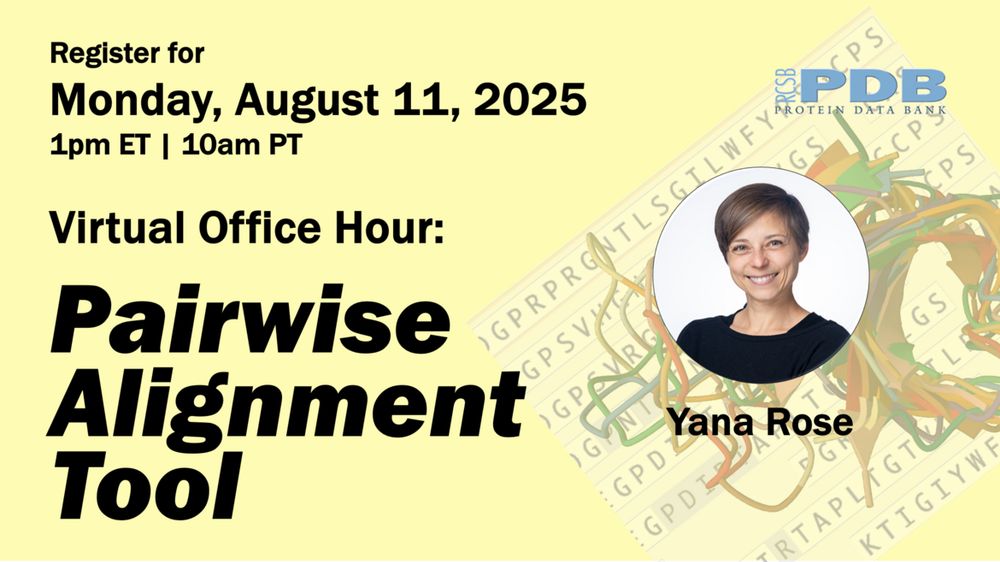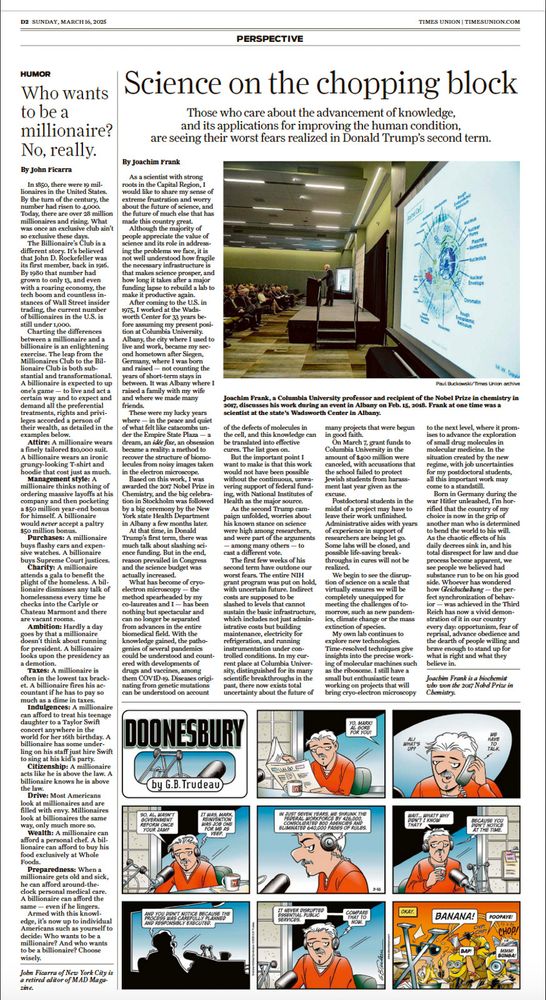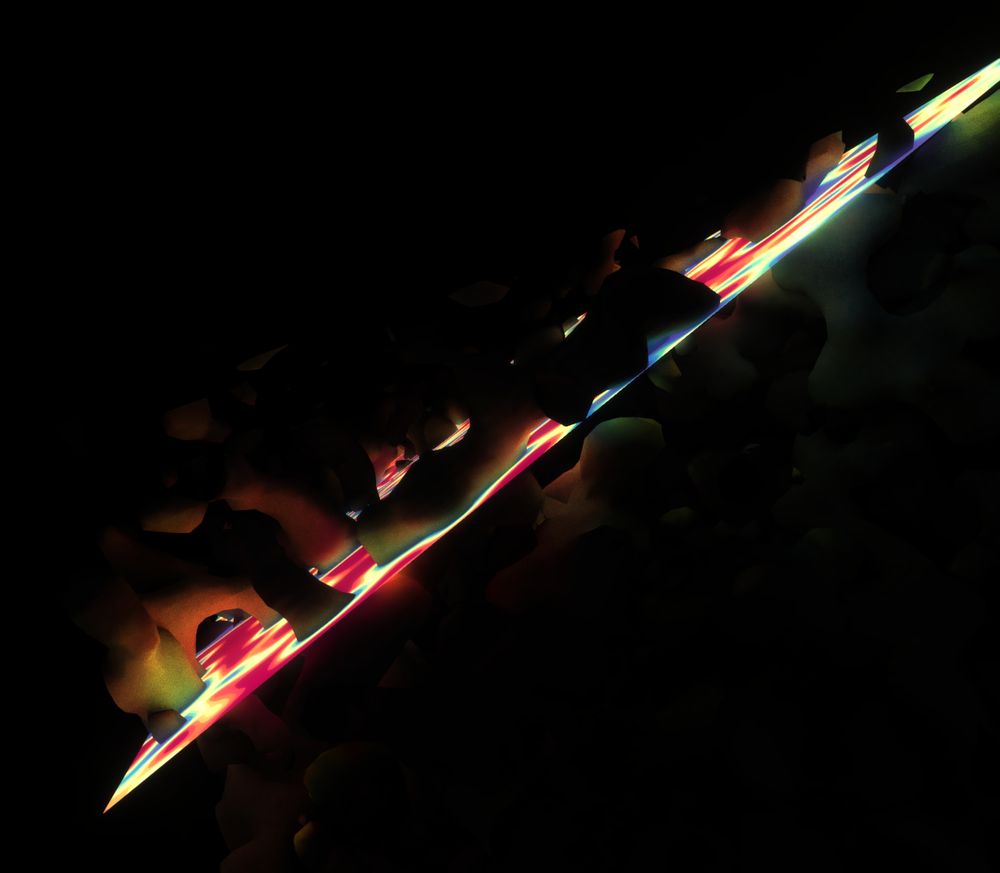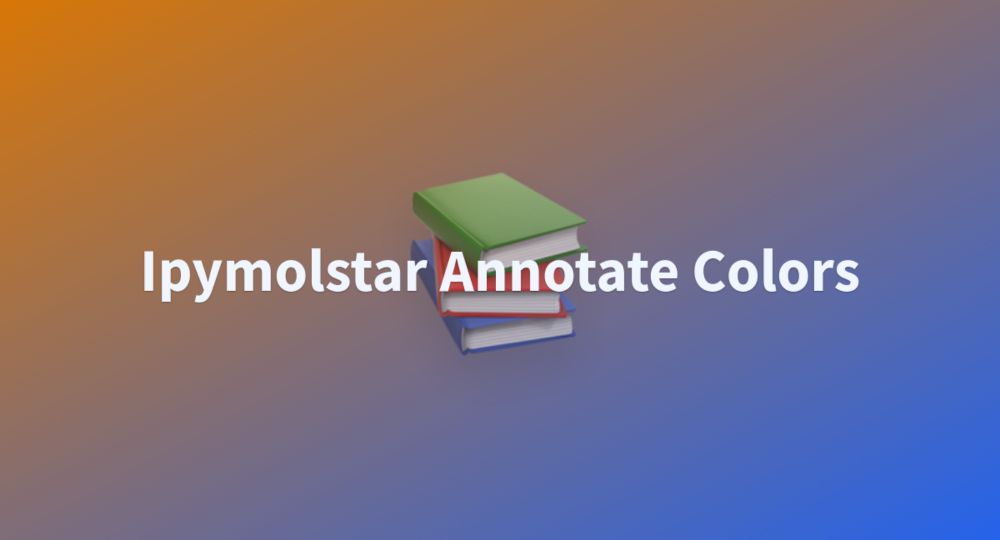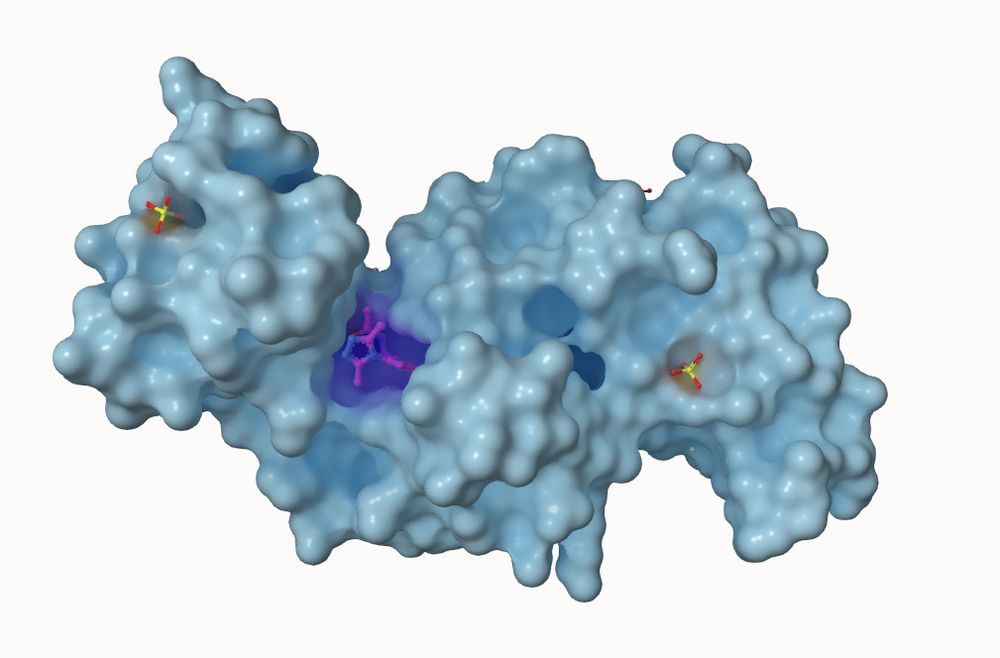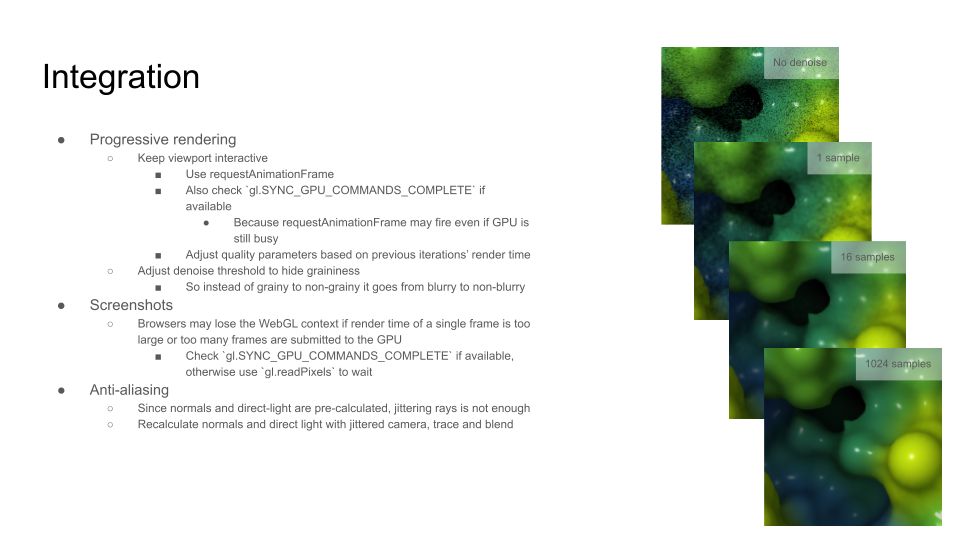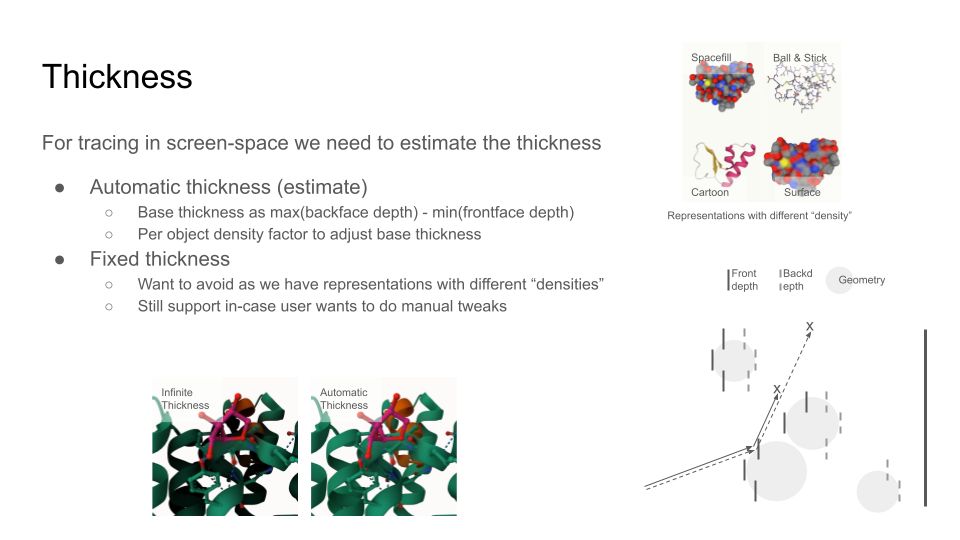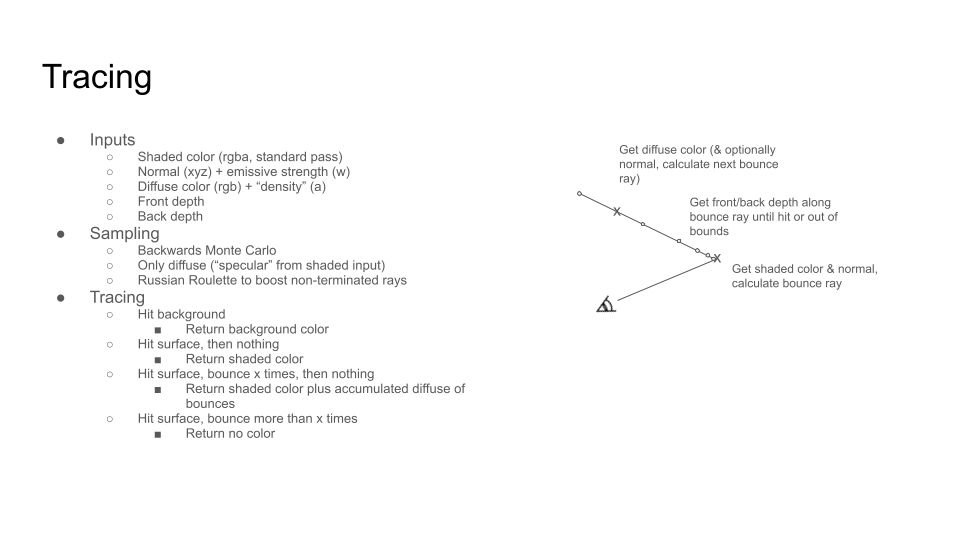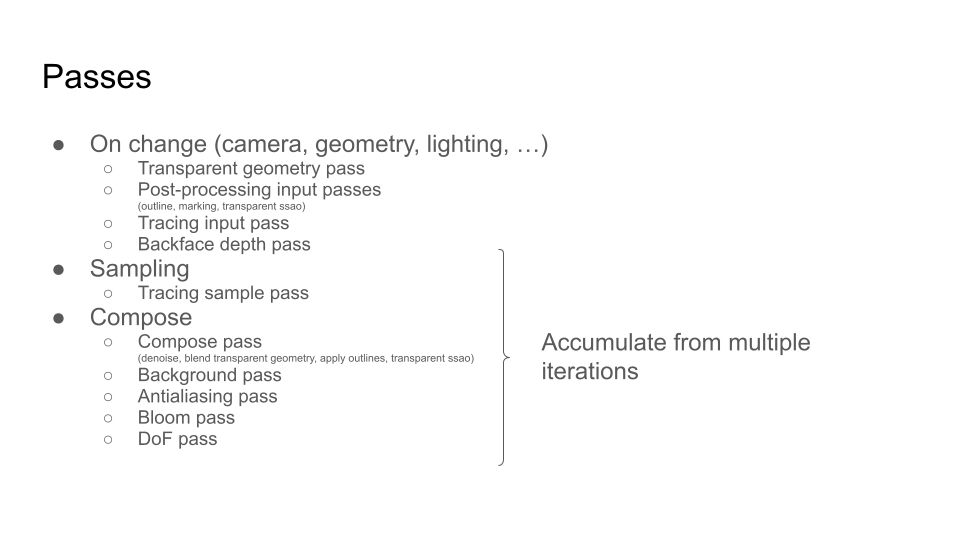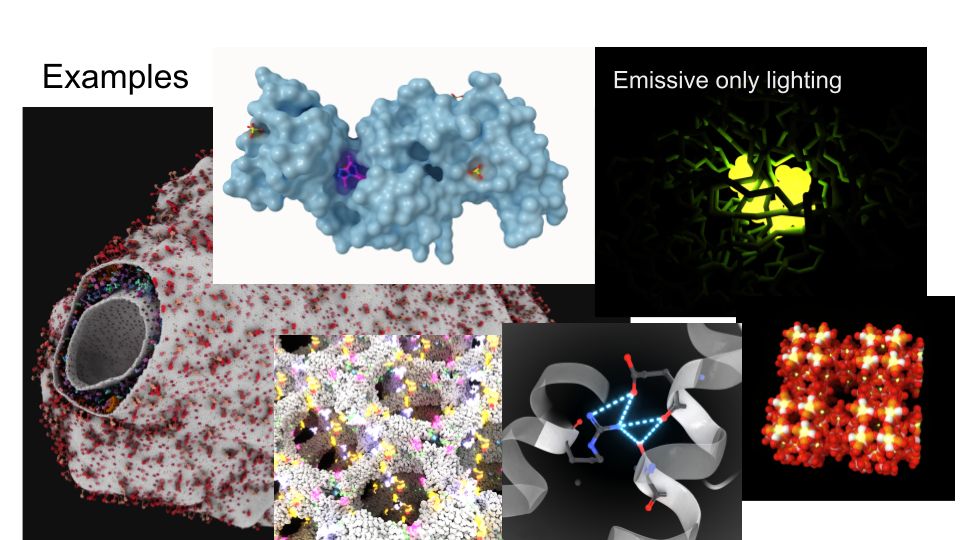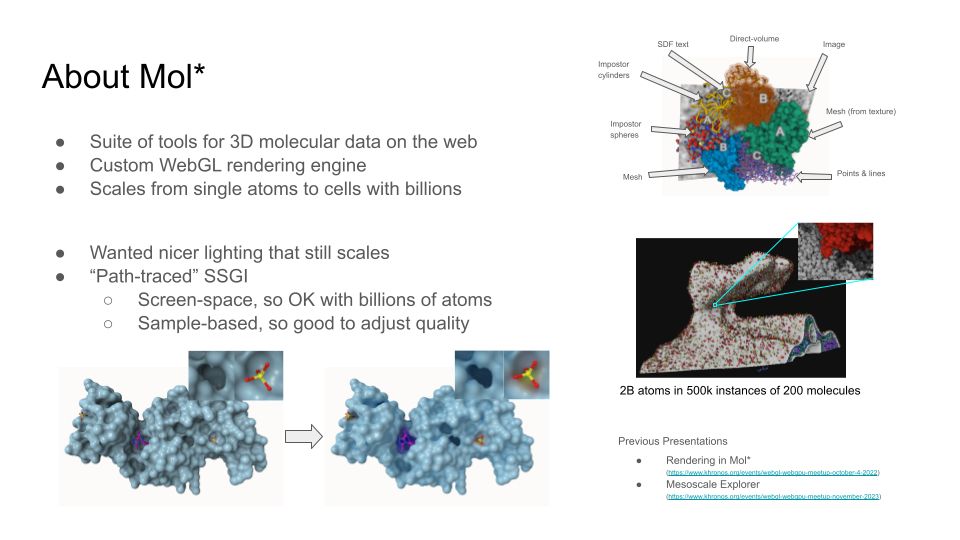Alexander Rose
@asrose.bsky.social
560 followers
560 following
16 posts
Scientific software engineer & computational structural biologist, #molstar web molecular graphics developer.
Posts
Media
Videos
Starter Packs
Pinned
Reposted by Alexander Rose
Reposted by Alexander Rose
Reposted by Alexander Rose
Reposted by Alexander Rose
Reposted by Alexander Rose
Reposted by Alexander Rose
Alexander Rose
@asrose.bsky.social
· Nov 23
Alexander Rose
@asrose.bsky.social
· Nov 16
Alexander Rose
@asrose.bsky.social
· Nov 16
Reposted by Alexander Rose
Reposted by Alexander Rose







